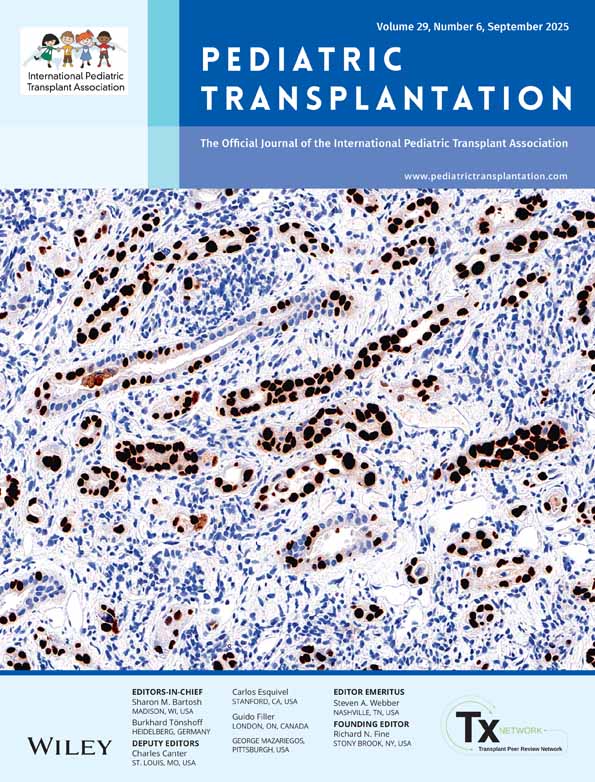Serum C-reactive protein in pediatric kidney and liver transplant patients
Abstract
Abstract: The clinical manifestations of different complications after organ transplantation (Tx) are often vague, and simple laboratory tests for early diagnosis would be valuable. In this work we retrospectively analyzed our data on the daily measurements of serum C-reactive protein (CRP) in 132 children after 63 liver and 83 kidney Txs. A total of 3,886 CRP measurements were performed and 353 episodes of elevated CRP were recorded. One-third of these were regarded as a response to surgery. The CRP level normalized within 5–10 days post-operatively in patients who had a favorable outcome, but in patients with a poor outcome CRP tended to remain elevated. Half of the CRP elevations were associated with complications such as acute rejection, infection or thrombotic events. An elevated serum CRP level was found in 68% of the rejection episodes, in 88% of the bacterial infections, and in 73% of the viral infections. The most significant elevations were associated with bacterial infection. In nine of 11 vascular complications, an elevation of CRP was also recorded. Serum CRP responded to rejection therapy in 86% of the episodes. The initial CRP level did not predict steroid-resistant rejection. CRP seemed to be a more sensitive marker than fever or white blood cell (WBC) count in all complications. We conclude that the daily measurement of serum CRP is a simple and fairly sensitive, but non-specific, method for detecting rejection and infectious complications after pediatric liver and kidney Tx.




